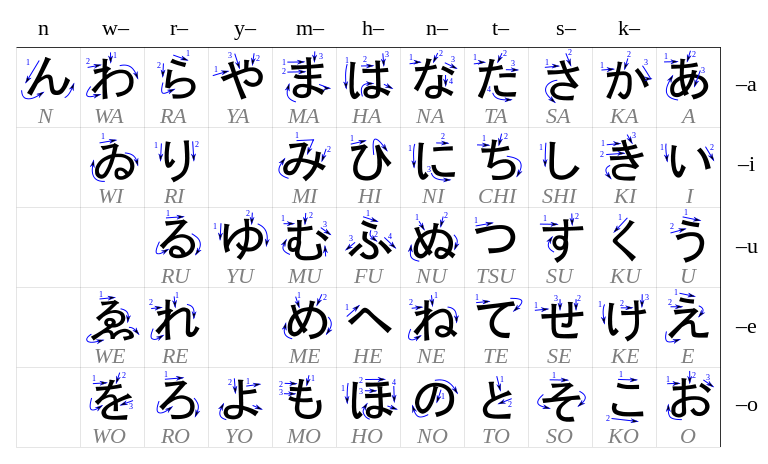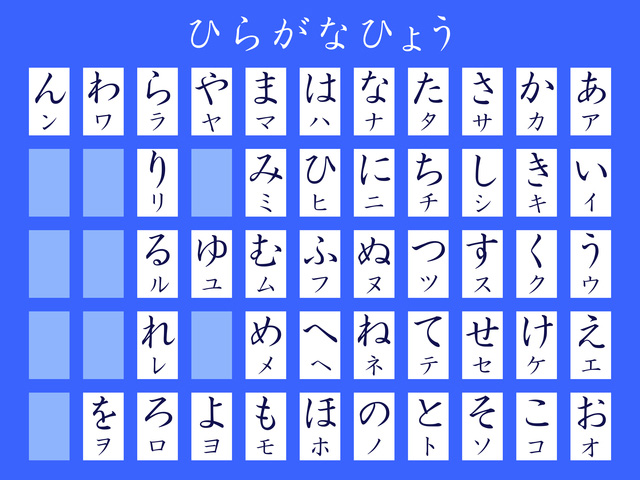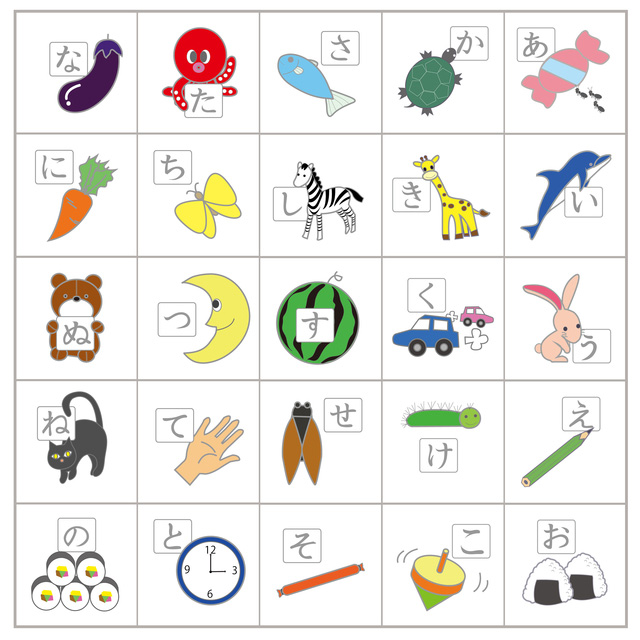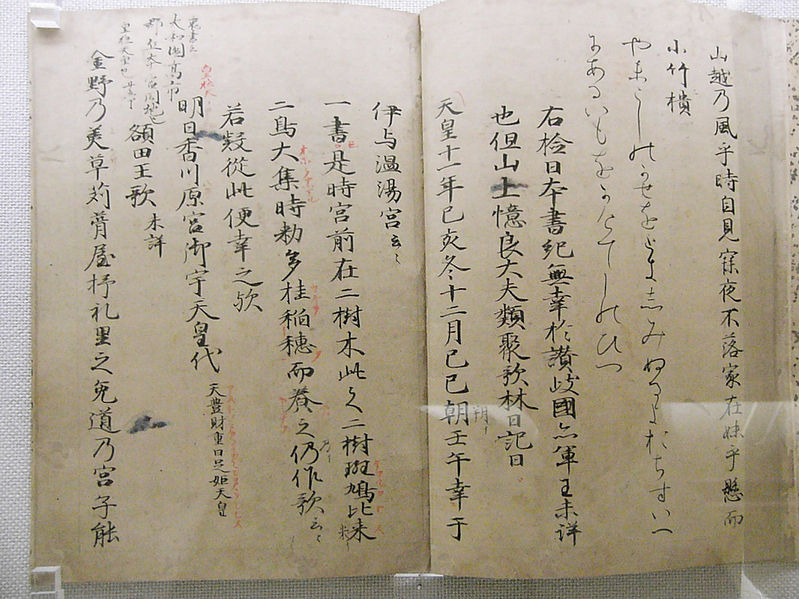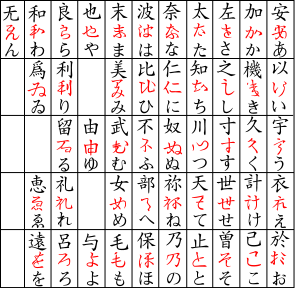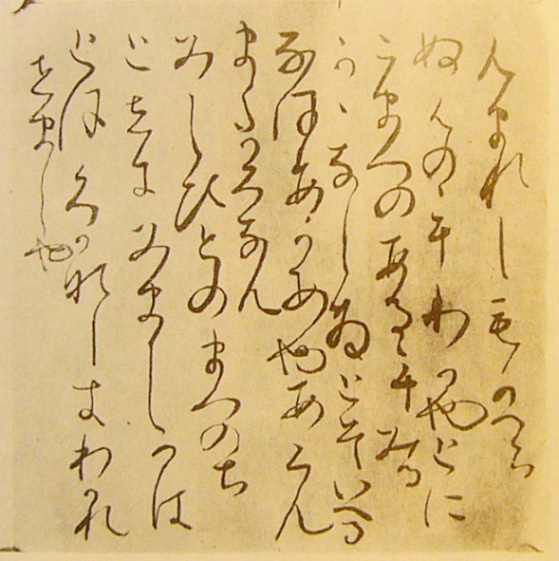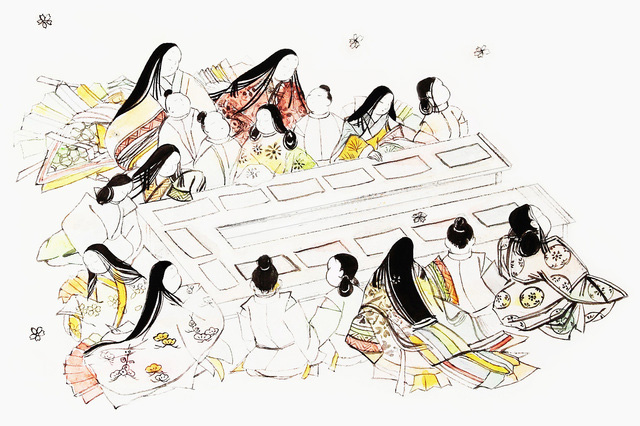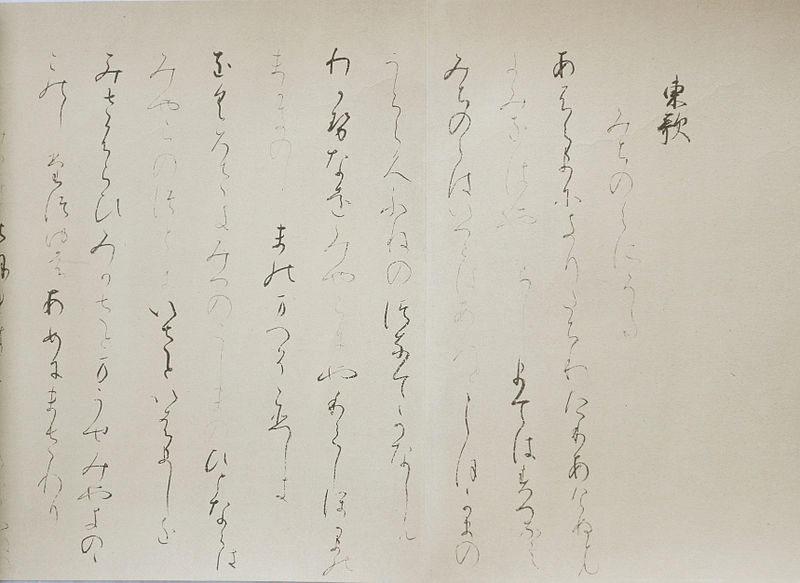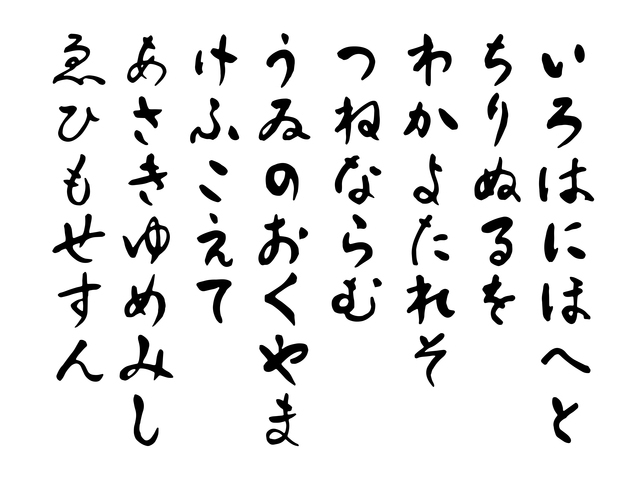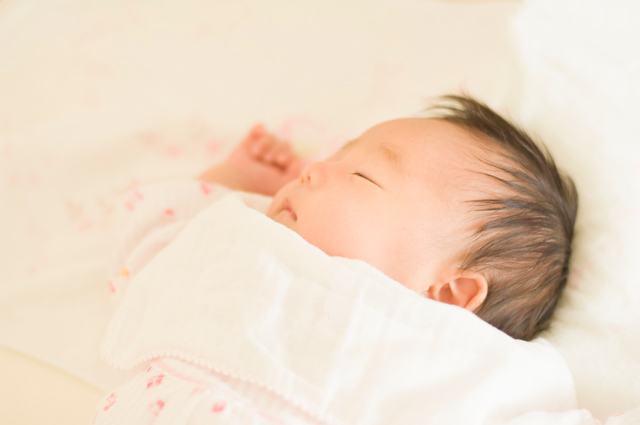
13 Facts You Didn't Know About Hiragana, The Japanese Alphabet
Are you learning Japanese? Did you know that hiragana, one of the Japanese alphabets, was based on kanji? Here are 13 facts to enlighten you on hiragana, from its history to how many hiragana characters there are and even full hiragana charts!
This post may contain affiliate links. If you buy through them, we may earn a commission at no additional cost to you.
1. Hiragana (ひらがな - 平仮名) is one of the two parts of the Japanese alphabet.
Crissov/Wikimedia CommonsModern Japanese consists of three systems: two Japanese alphabets - Hiragana and Katakana - and Kanji (漢字), a writing system adapted from Chinese characters.
2. Modern Hiragana consists of 46 syllables.
PIXTANowadays, they teach modern Hiragana, which leaves out the ゑ and ゐ. If you count these two, which are in the Wa (わ) line, the old Hiragana had 48 syllables.
Our Top Tips
JR Pass for Whole Japan
Explore Japan in the most convenient and economical way with a Japan Rail Pass! It is valid for the majority of railways and local buses operated by JR.
3. Hiragana is the most basic part of the Japanese alphabet.
PIXTAJapanese students first learn Hiragana, then Katakana, and Kanji. Since there are many Kanji that people barely use in their lives, such as rousoku (蝋燭), it can be said that people learn new Kanji throughout their lives.
4. The basis of Hiragana was born in the Nara period.
ReijiYamashina/Wikimedia CommonsThese were called Manyou Gana (万葉仮名), or Shakuji (借字). These were Kanji that were used to represent a single sound. Back then, Old Chinese, Kanbun (漢文), was used for writing.
5. Manyou Gana was then abbreviated into Hiragana.
Pmx/Wikimedia CommonsThe Manyou Gana, which was Kanji, was then abbreviated into Hiragana, as shown in the image above. Katakana is partly abbreviated Manyou Gana. This can be seen in the name, Katakana (片仮名). Kata (片) means a piece.
6. The first literature written in Hiragana is "Tosa Nikki" (土佐日記) by Kino Tsurayuki (紀貫之).
ReijiYamashina/Wikimedia Commons"Tosa Nikki" is a diary literature written in the Heian period. It describes the journey of leaving Tosa and going back home to Kyoto. Kino Tsurayuki, a male, wrote this piece of literature by making the narrator a female.
Our Top Tips
Japan Shinkansen, Narita Express (N'EX) & Express Train Tickets
Plan ahead by booking your shinkansen, airport train, and express train tickets online in English. Have the tickets sent to you by mail or collect them at the station once you're in Japan.
7. Hiragana was perceived as the woman's writing, or fit for private writing.
PIXTAIn the Heian era, all public writing was written in Old Chinese, Kanbun. Hiragana was said to be for women, or for private matters. For this reason, Hiragana was called Onnate (女手). 女 means woman, and 手 means writing. This is why Kino Tsurayuki wrote the narrator of the "Tosa Nikki" as a woman.
8. Besides private writing and female author literature, Waka (和歌) was written in Hiragana and Kanji.
ReijiYamashina/Wikimedia CommonsWaka is a type of Japanese poetry written in the style of 5 phrases, each having this order: 5 syllables, 7 syllables, 5 syllables, 7 syllables, and 7 syllables. The ability to create and analysize Waka had a high position in the aristocratic society in the Heian era.
9. Hiragana is a phonetic alphabet.
PIXTAA phonetic alphabet means that each alphabetic combination represents a single sound. For example, あ sounds as "A". い sounds as "Ee" (though it is spelled "i"). And so on. For this reason, if you can read Hiragana, you can pronounce words you don't understand.
10. Hiragana characters have different sizes.
Nhantdn/Wikimedia CommonsHiragana that can be smaller are ぁ, ぃ, ぅ, ぇ, ぉ, ゃ, ゅ, ょ, and っ. They are used after a large Hiragana. They express other sounds that are not covered in Hiragana, such as Gya (ぎゃ).
11. There is a type of poetry that uses all 48 Hiragana syllables in one poem.
PIXTAThey are called Iroha Uta (いろは歌). A famous example would be the following. いろはにほへと/ちりぬるを/わかよたれそ/つねならむ/うゐのおくやま/けふこえて/あさきゆめみし/ゑひもせすん.
12. Japanese computers have Hiragana keyboards.
PIXTAAs shown in the image above, they have English and Japanese printed on the keyboards. They are 2 ways to type Japanese in a computer: Roman or Kana. In the Roman way, you type the English alphabet corresponding to Japanese. In the Kana way, you type finding the Japanese printed on the keyboard.
13. Japanese names all written in Hiragana are mostly considered feminine.
PIXTAPopular Hiragana names for girls would be Yuri (ゆり), Ai (あい), Sakura (さくら), and so on. However, times are changing. There are boy names in Hiragana too, such as Shouta (しょうた).
The information in this article is accurate at the time of publication.

